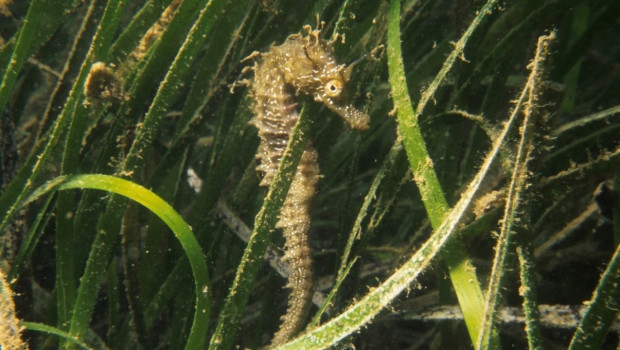The rate of loss of seagrass beds in Europe has been slowing down and, in some cases, the prairies have managed to recover. A new study, in which researchers from the Center for Marine Sciences (CCMAR) of the University of Algarve participated, indicates that, after Europe has lost a third of its seagrass beds due to deteriorating water quality and coastal development, mainly in the 70s and 80s, these ecosystems are showing signs of recovery.
According to CCMAR, "loss rates have been slowing and, in some places, grasslands have managed to recover, probably due to community measures to improve water quality."
The research center explains that “seaweeds are superior plants (not algae) that form extensive grasslands in coastal areas. These key ecosystems support fisheries, play an important role in carbon sequestration, provide coastal protection and are home to endangered species such as seahorses.”
In the study published in “Nature Communications”, all existing information in Europe on the area and density of seagrass since 1869 was analyzed, making a total of 737 sites along the coasts of 25 European countries.
“Our study shows that Europe has lost a third of the seagrass area in the last 150 years, which means that we have also lost the benefits they provide”, explains Carmen B. de los Santos, CCMAR researcher and first author of the publication, which included researchers from 21 European institutions.
The study shows that seagrass losses peaked during the 1970s and 1980s and that the main causes included water quality degradation due to increased nutrient levels, mechanical disturbances (eg boat mooring, boat trawling background) and diseases.
However, after a period of intense decline, European seagrasses show signs of recovery. Rui Santos, CCMAR researcher, professor at the University of Algarve and senior author of the publication, points out that “our results are very encouraging – contrary to global trends, seagrass loss rates in Europe slowed down in the late XNUMXth century. In some places, seagrass beds have even recovered. This study brings hope to seagrass conservation efforts, as it suggests that management measures such as implementing marine protected areas and reducing nutrient release can have positive results.”
In Portugal, the most extensive marine prairies are found in the Ria Formosa, Ria de Aveiro and the Sado, Tejo and Mondego estuaries. Rui Santos explains that «the Portuguese marine prairies have been heavily impacted in recent decades. In this context, our study brings optimism and supports the efforts that the competent authorities are making in the management and conservation of our coastal zones».



















Comments